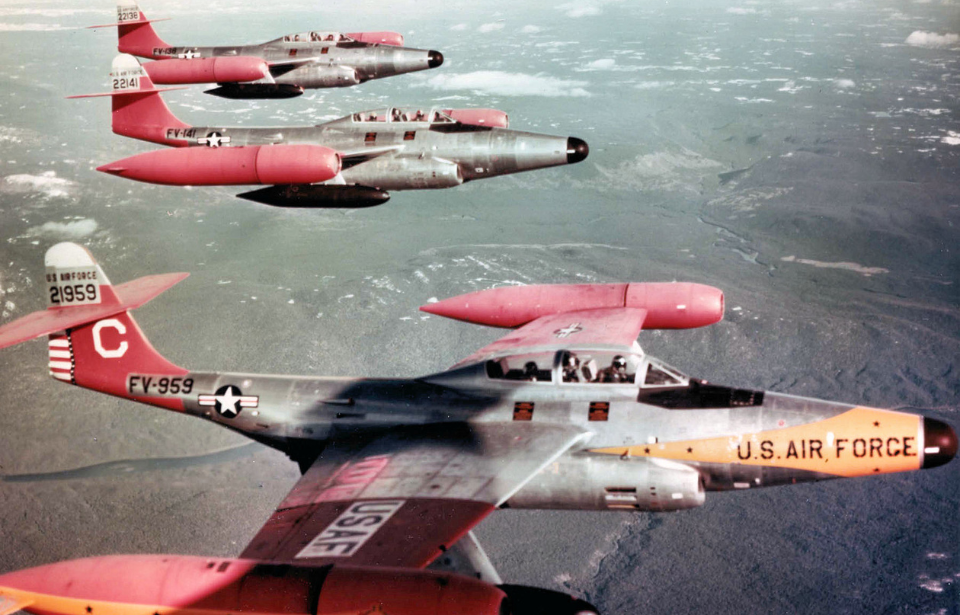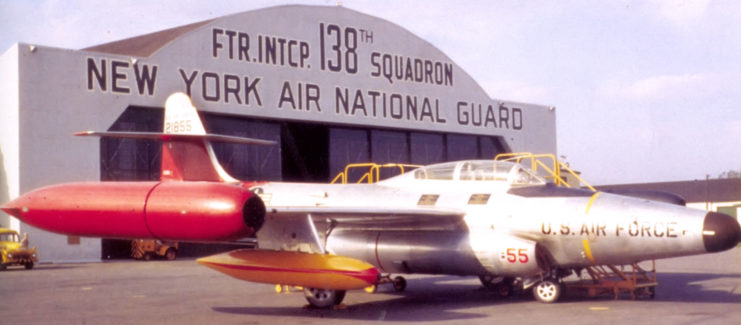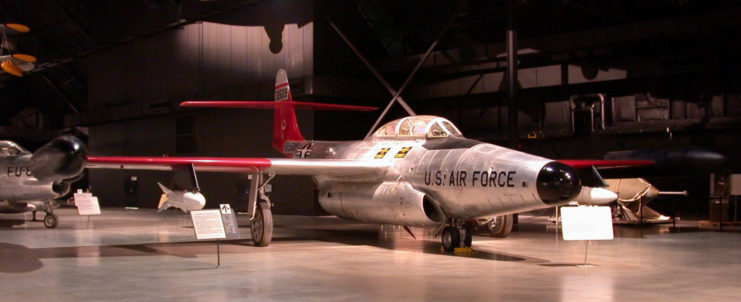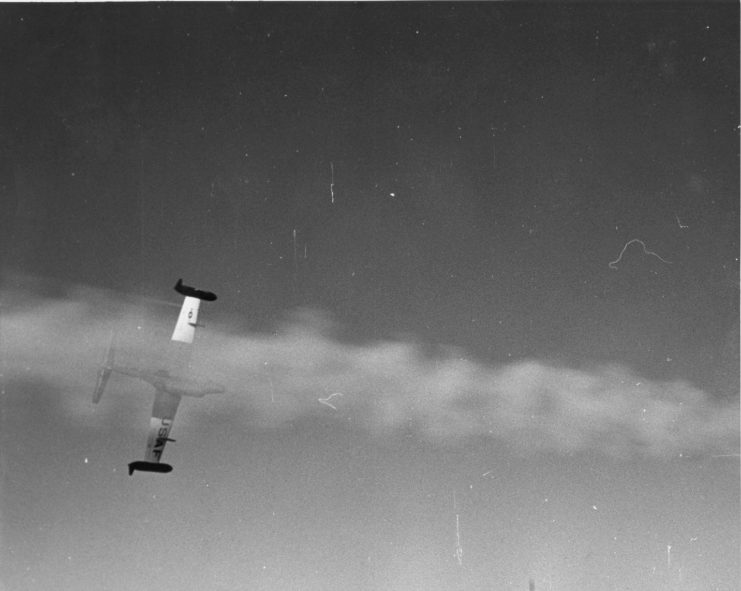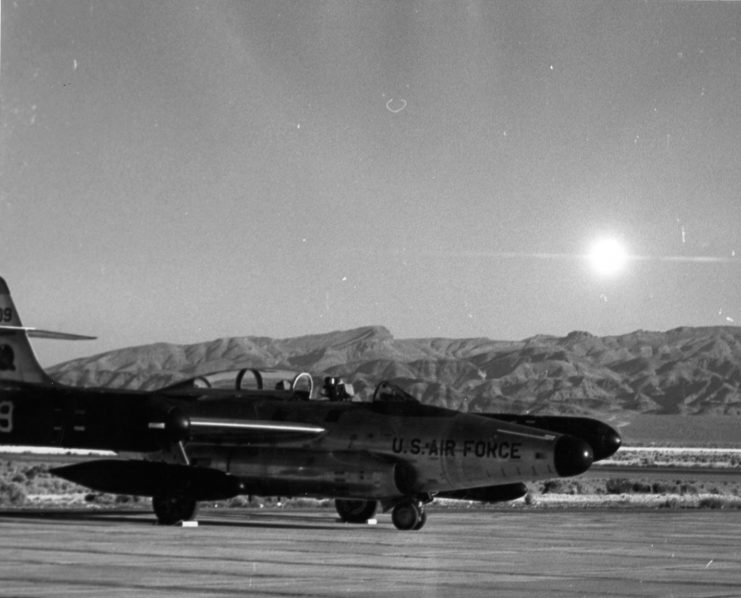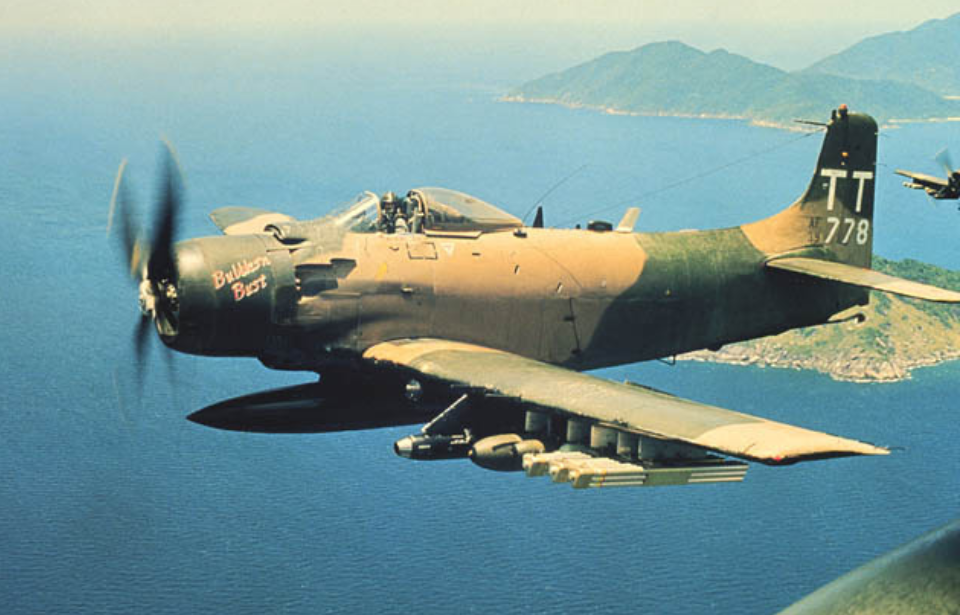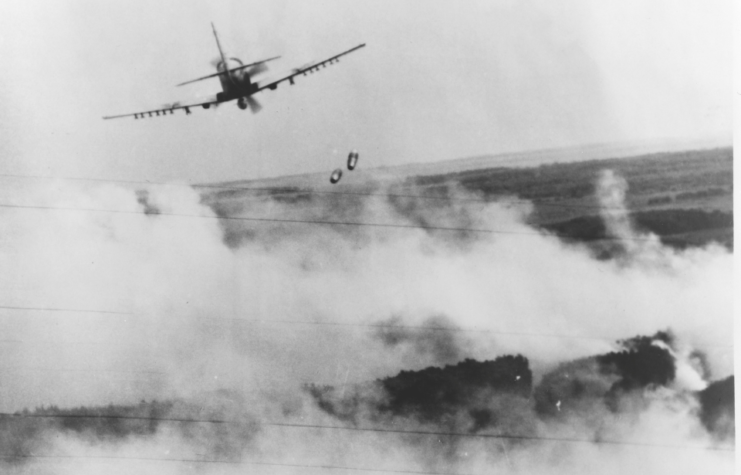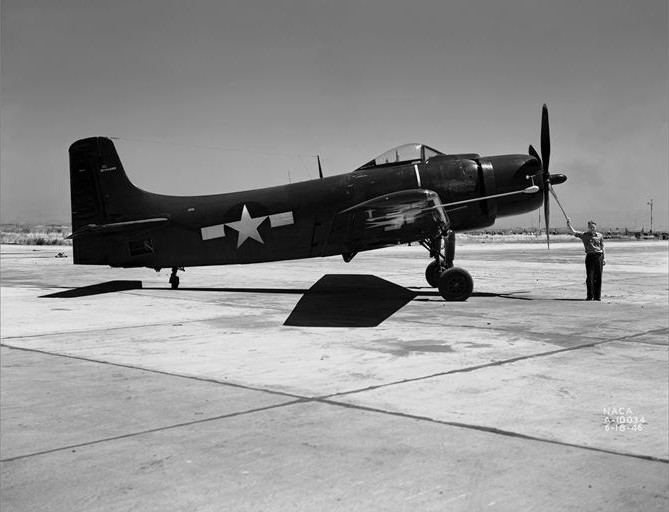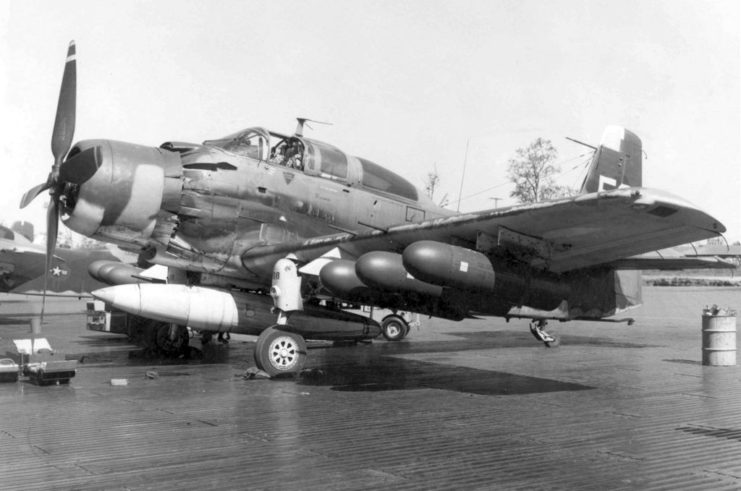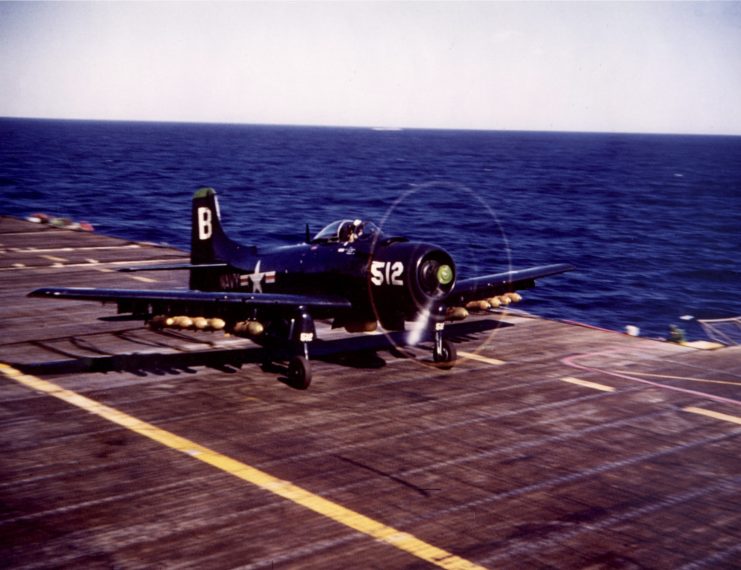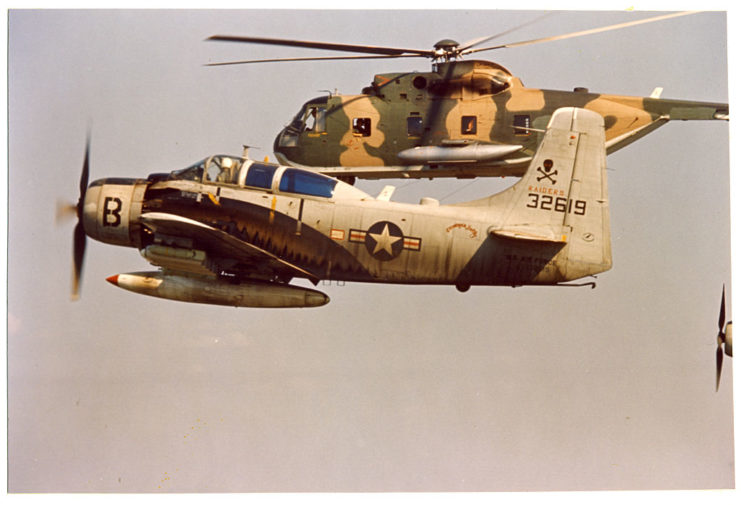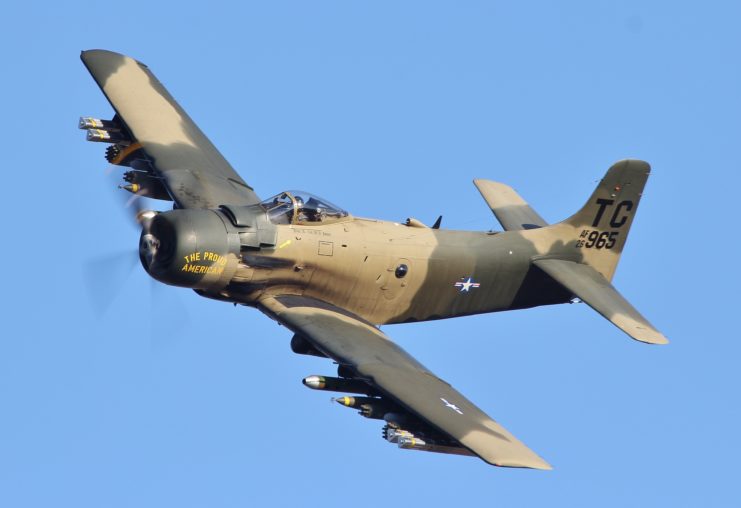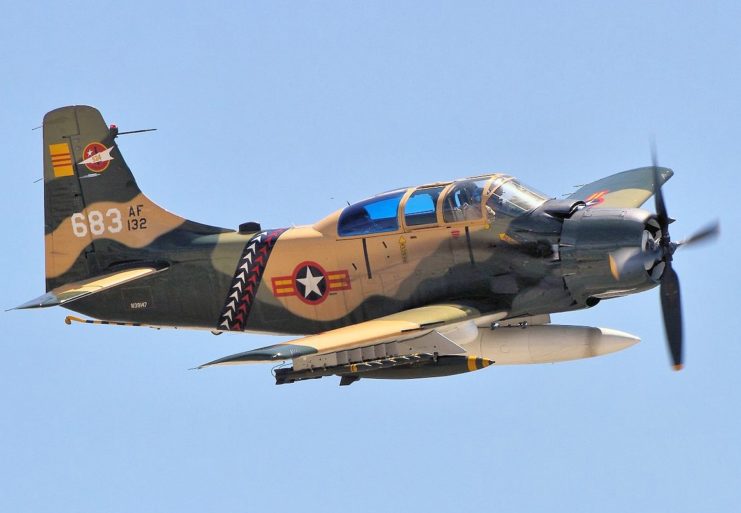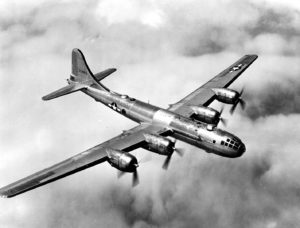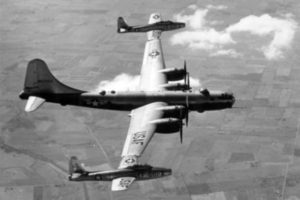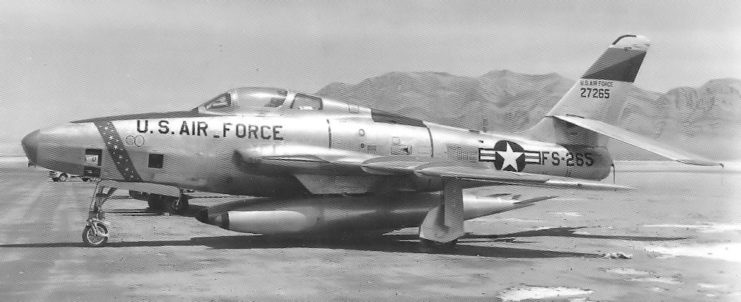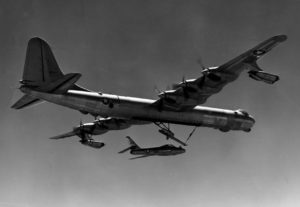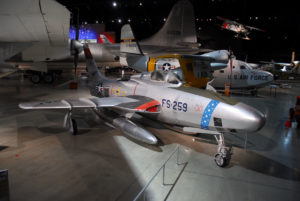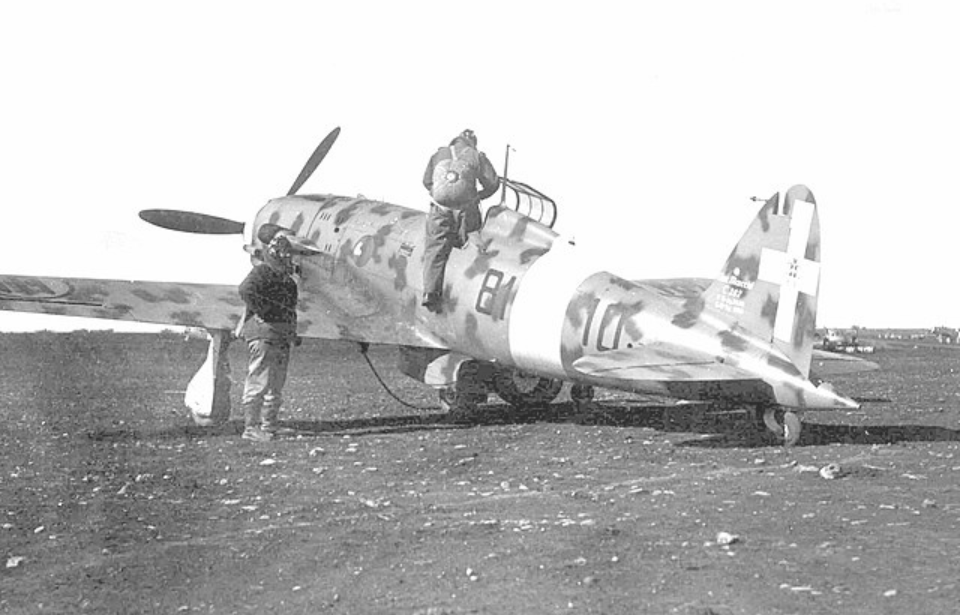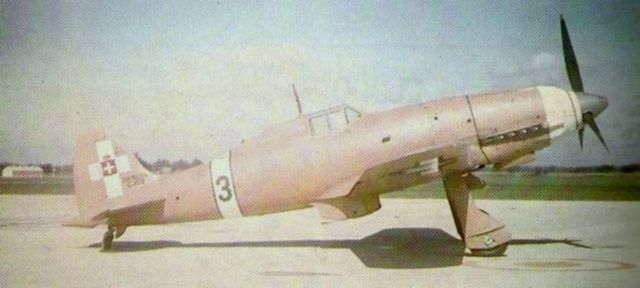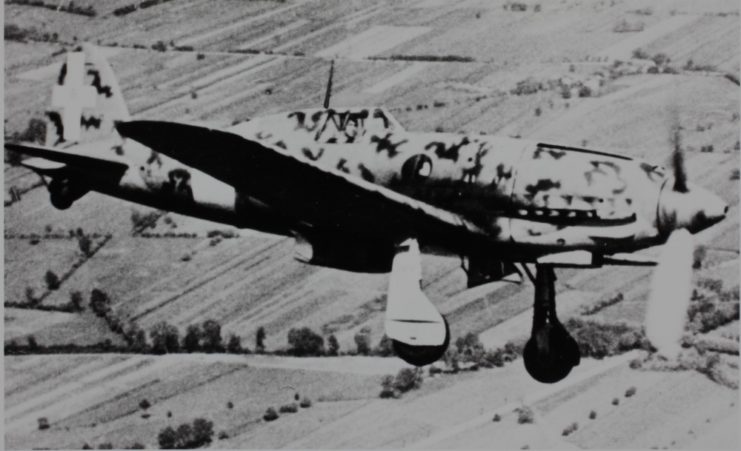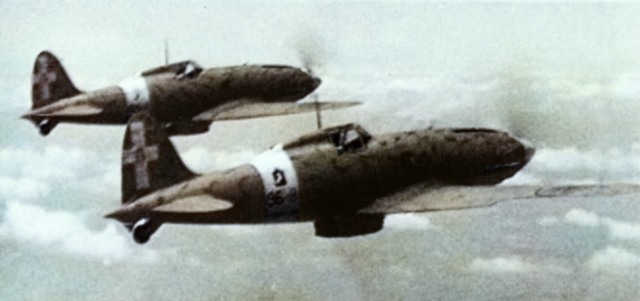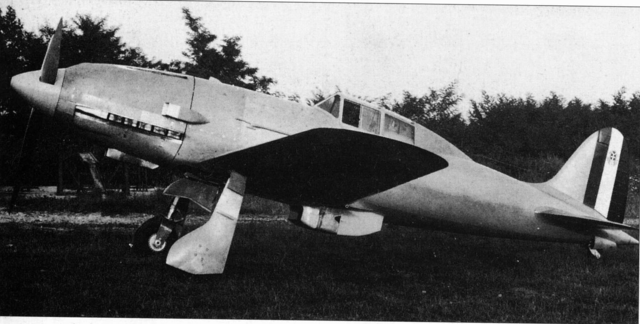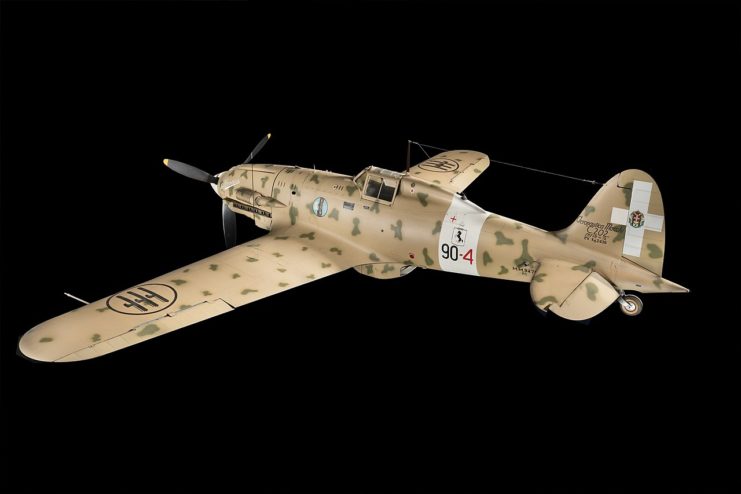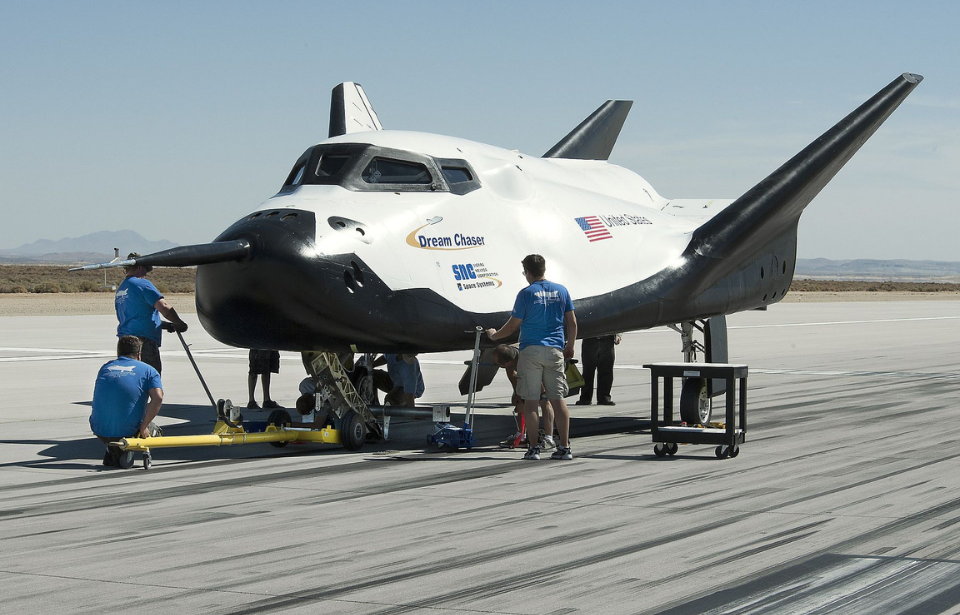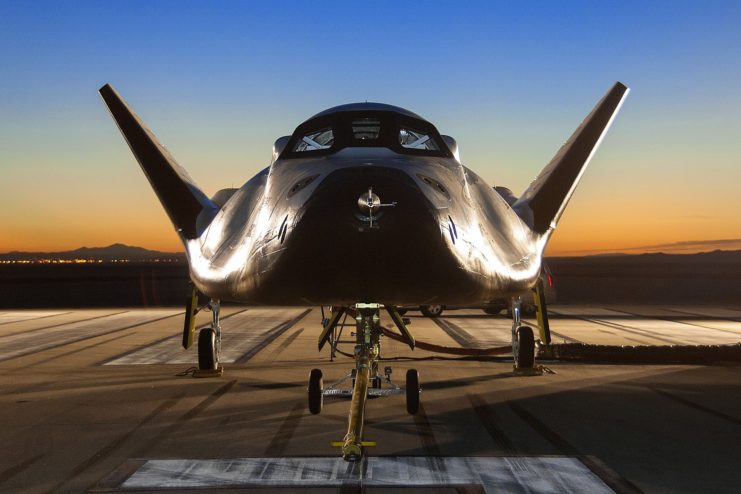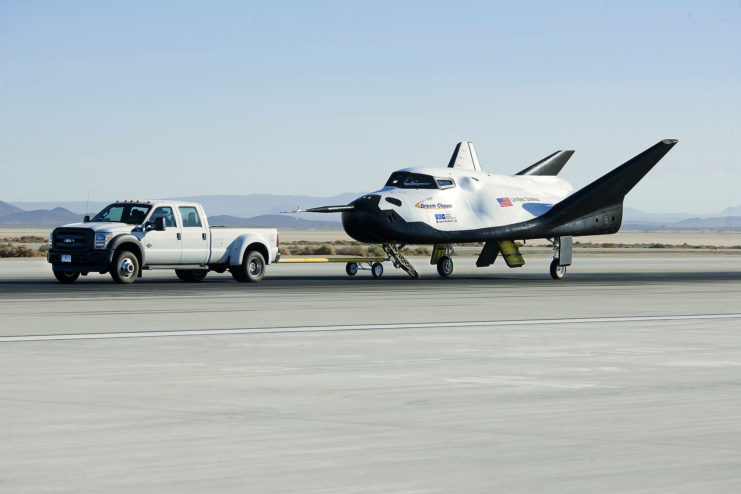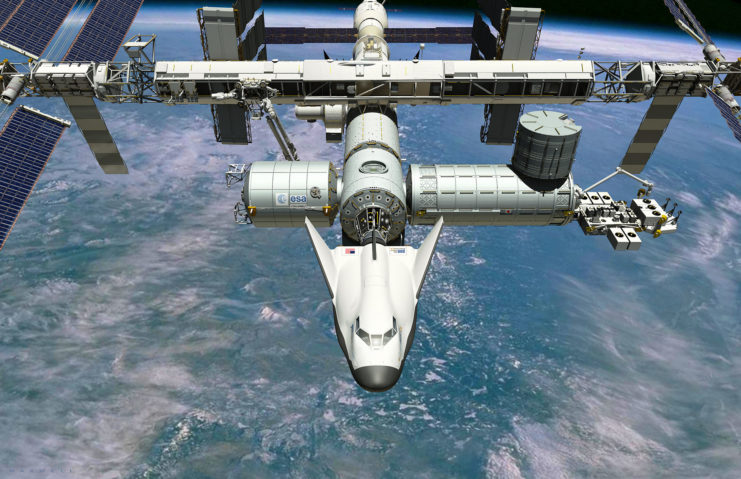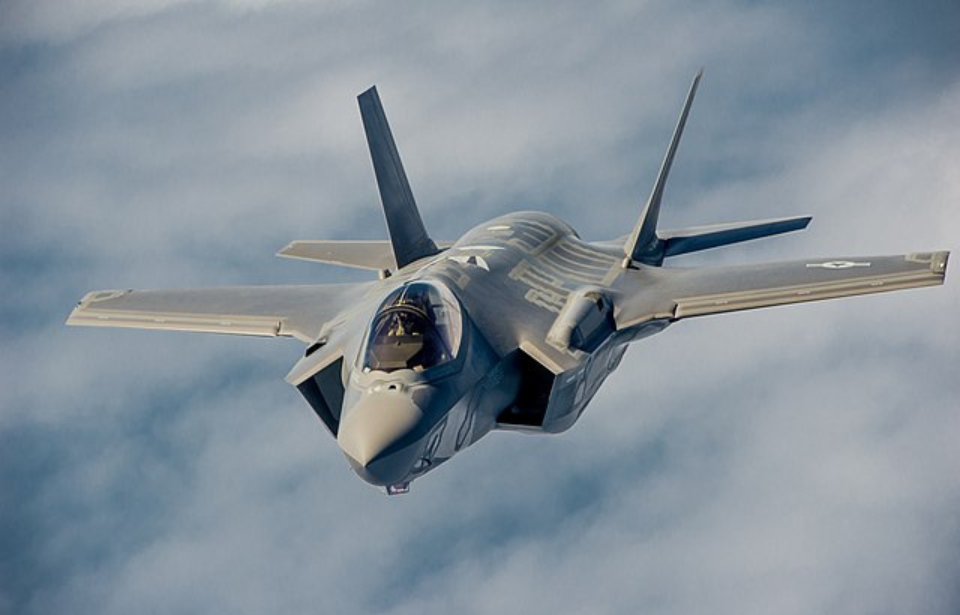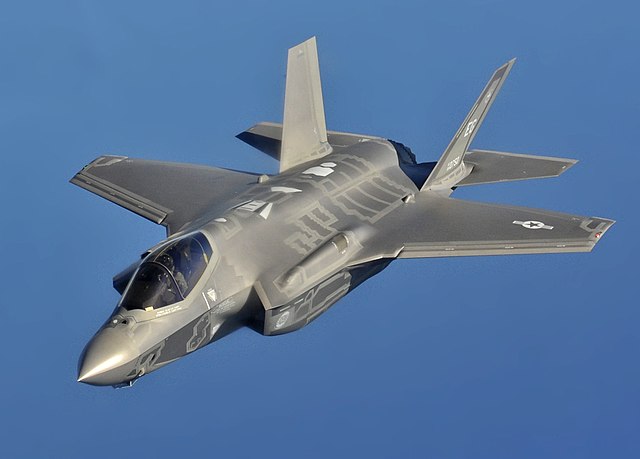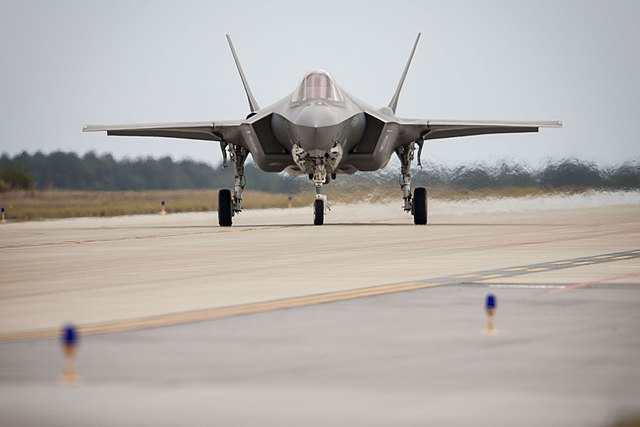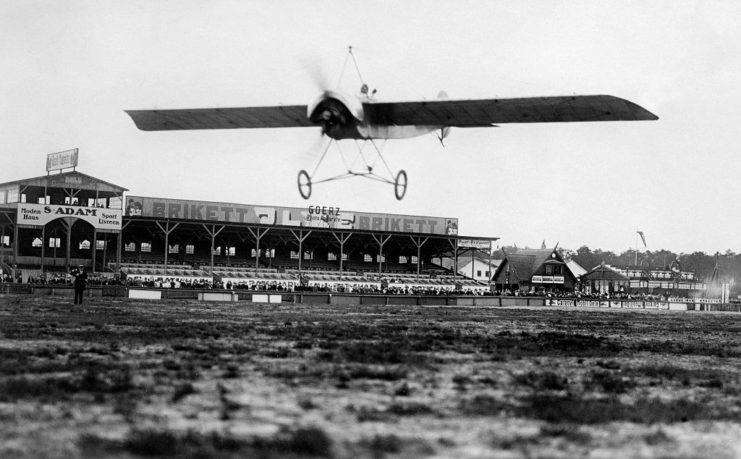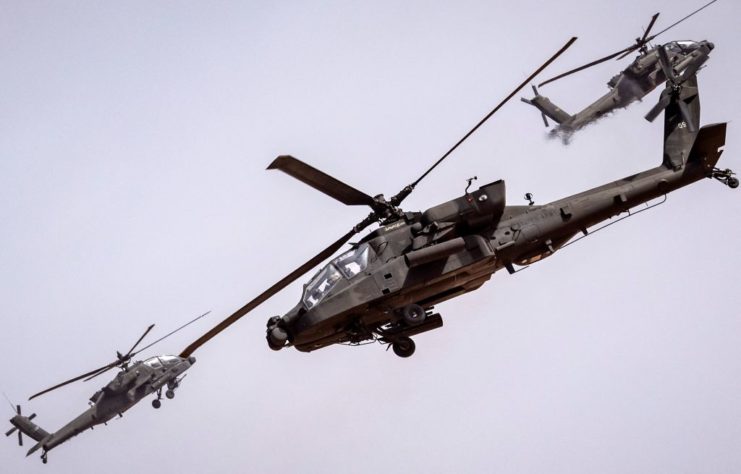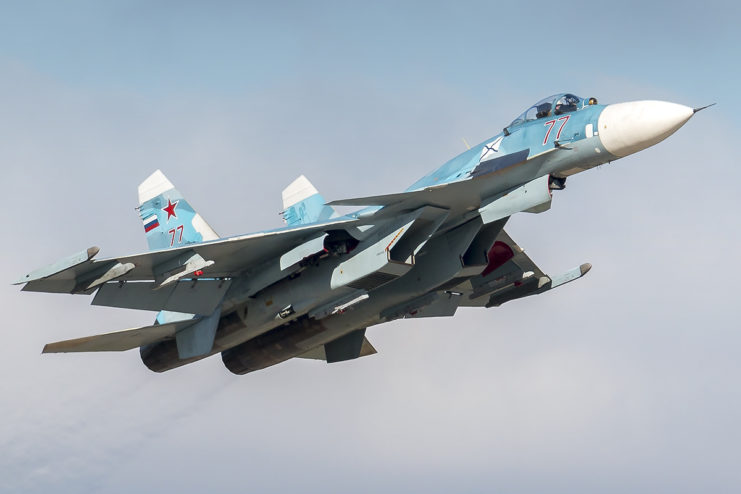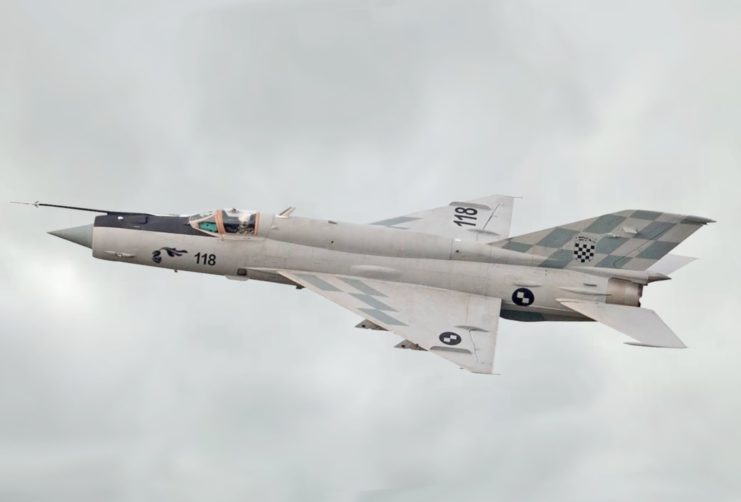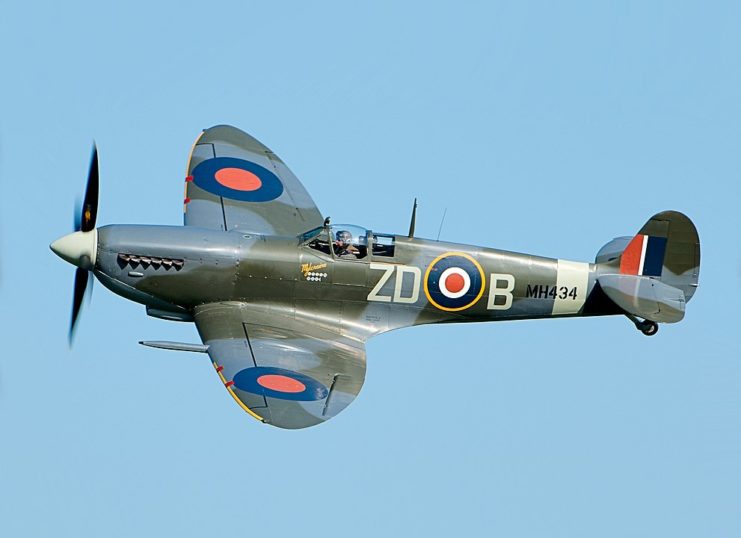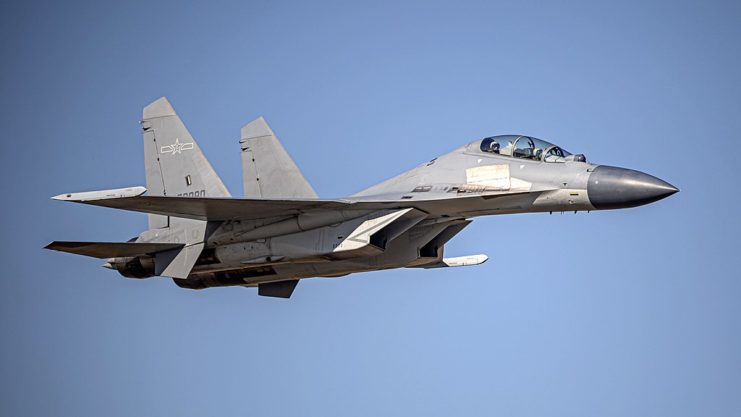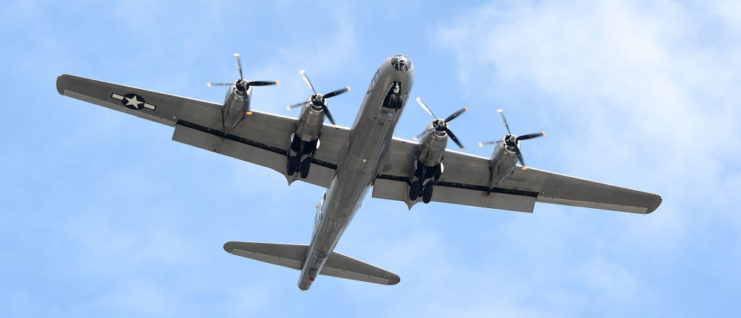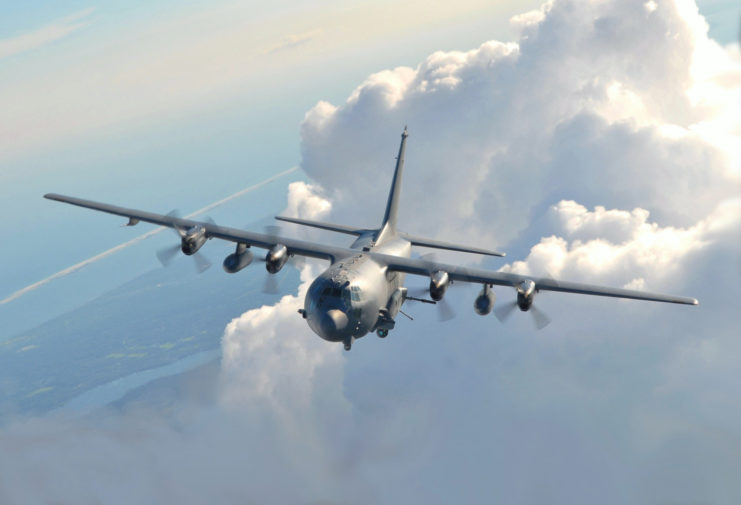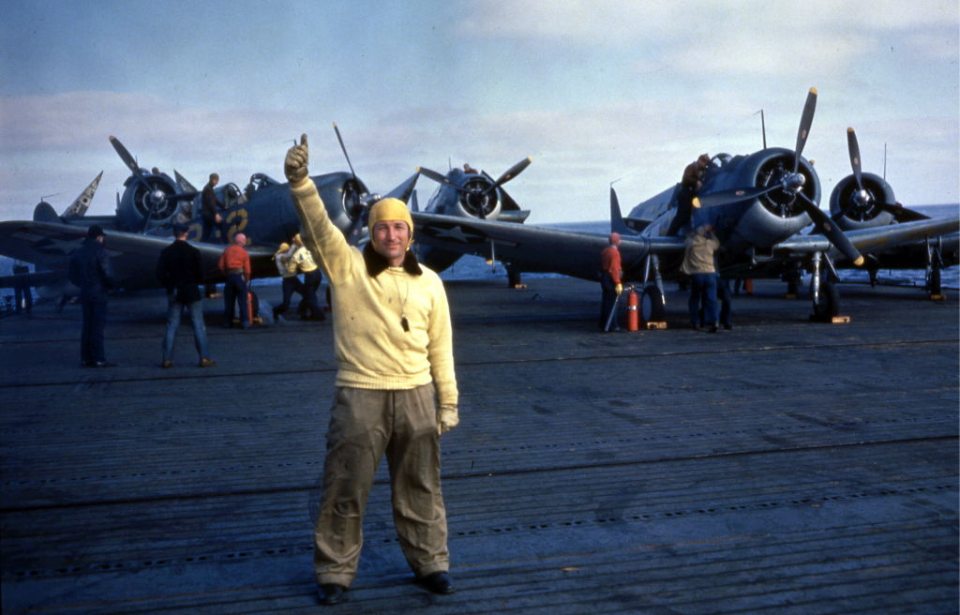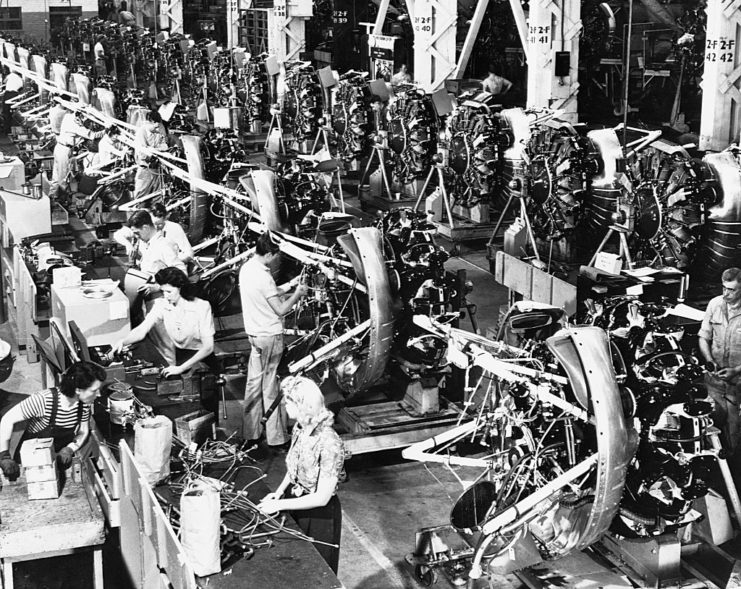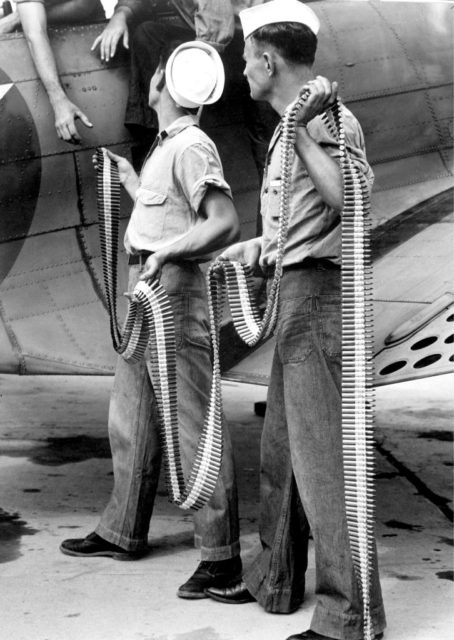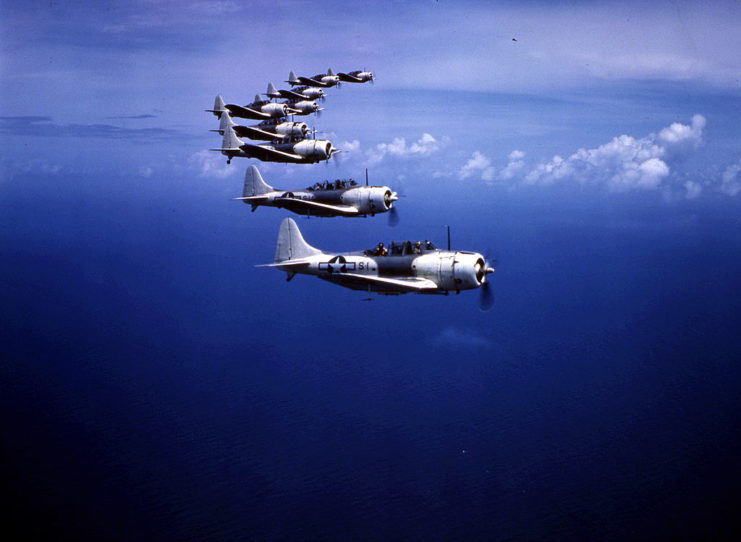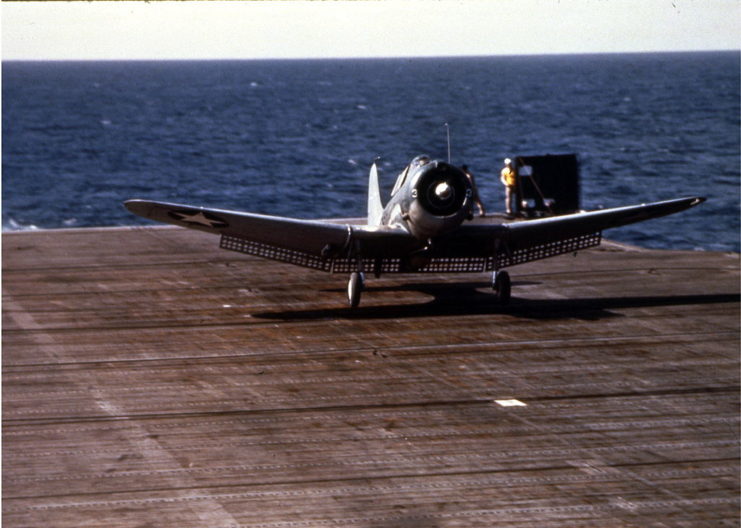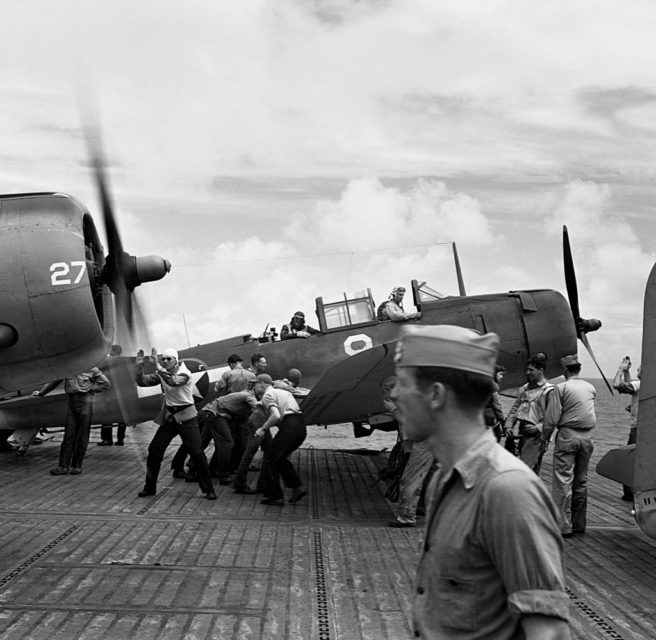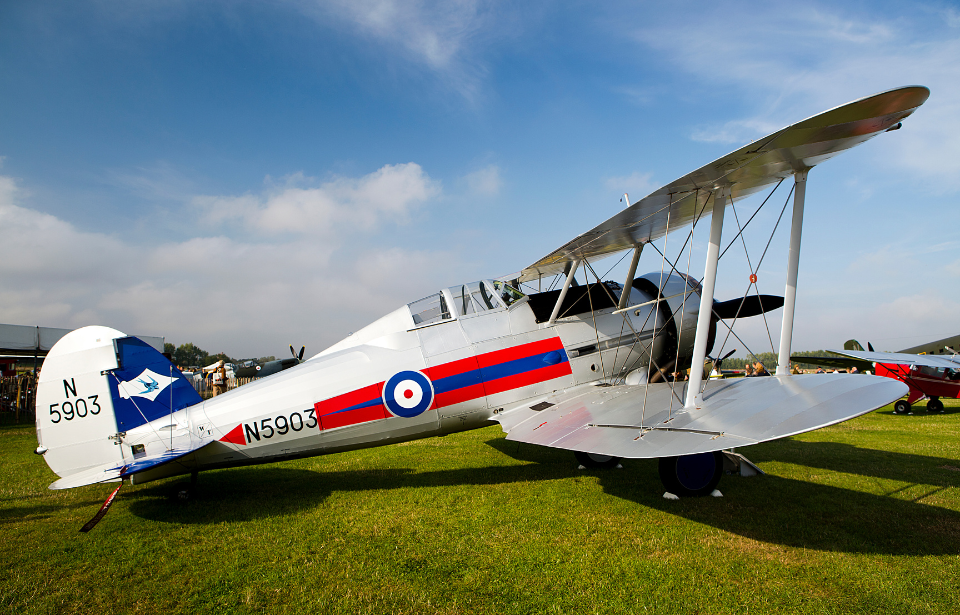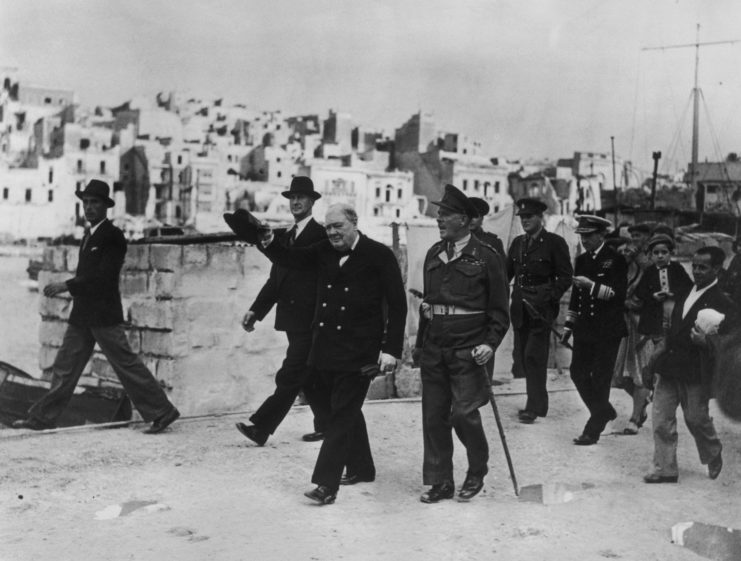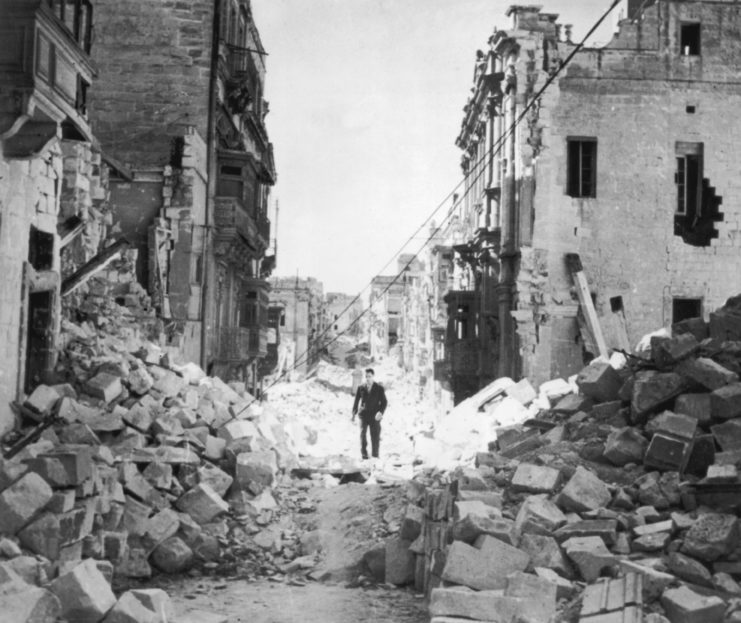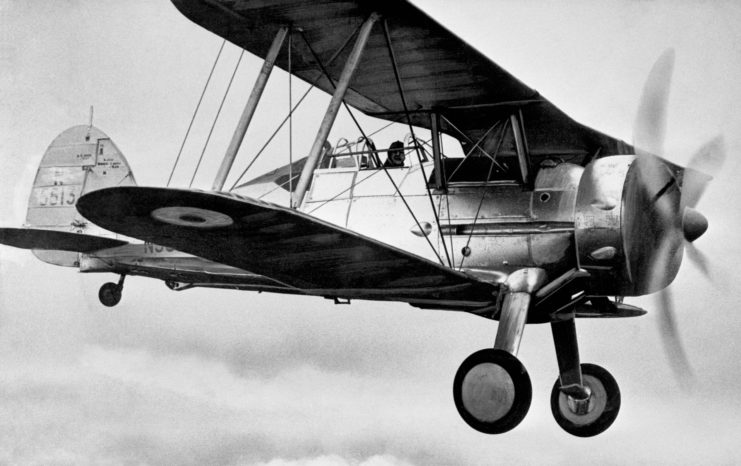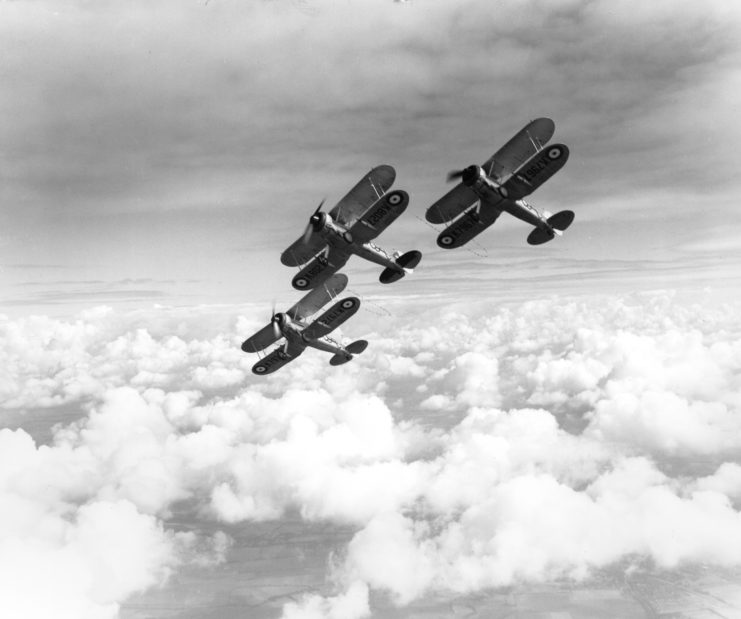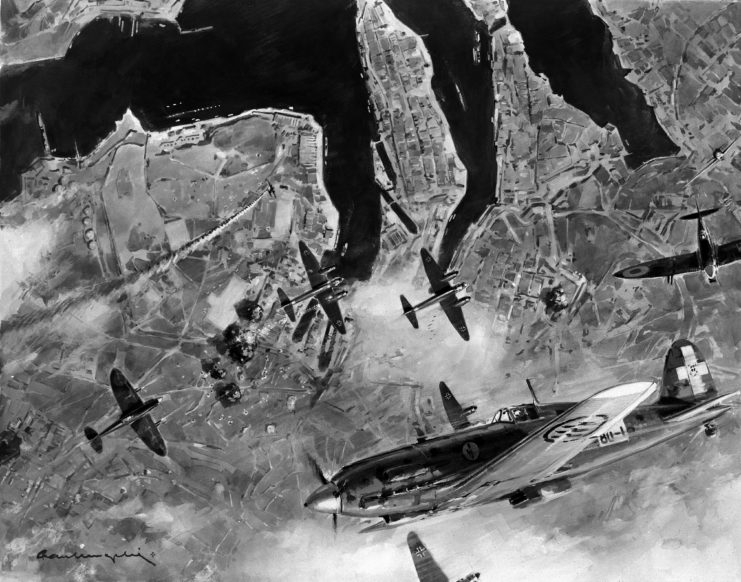The North American P-82 Twin Mustang may be one of the strangest and most remarkable piston-engine aircraft ever produced. Its connected wing and double fuselages look like something straight out of someone’s imagination, but the aircraft was actually a very reliable long-range bomber escort that could also be employed as a fighter, long-range reconnaissance aircraft, night fighter, attack bomber, rocket fighter and interceptor.
The development of jet technology forced the P-82 into retirement, but its short service life was filled with a number of accomplishments.
The twin-fuselage was the solution
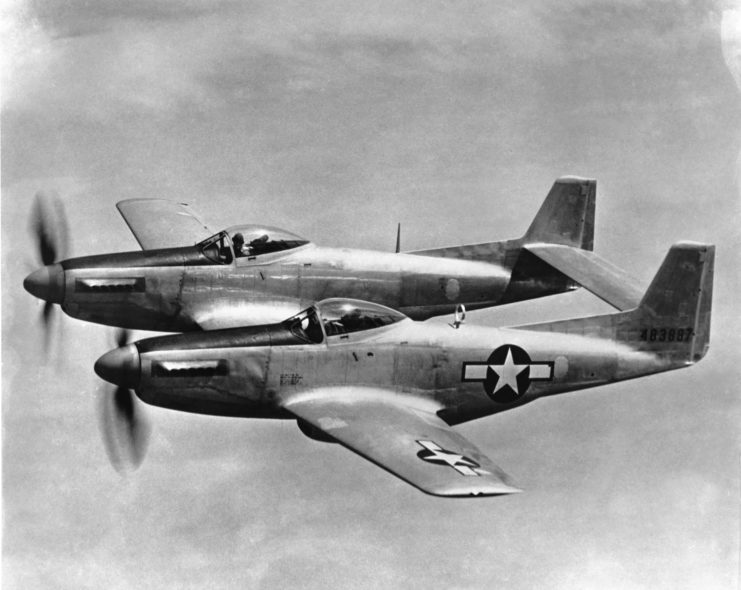
During the Second World War, the United States was in need of a long-range, high-altitude bomber escort for the Boeing B-29 Superfortress. Until 1943, there had been no such aircraft that could accommodate these long-range requirements, so one needed to be designed. How would they extend the range of one aircraft to 2,300 miles? Combine two into one, of course.
The North American P-82 Twin Mustang combined two elongated North American P-51 Mustangs side-by-side, connected by a center wing. The unique frame had two fuselages to meet the long-range requirements of the US Air Force. Two aircraft meant twice the range of one standard escort, and despite the P-82’s bulky weight of around 24,000 pounds, it was fast and nimble, capable of reaching speeds of over 475 MPH.
Three variations of the P-82 were developed, and the remarkable aircraft saw its first flight on June 15, 1945. The Air Force ordered 250 of them in 1947, and the aircraft eventually became the standard long-range, high-altitude escort fighter for the service.
Who flew the North American P-82 Twin Mustang?
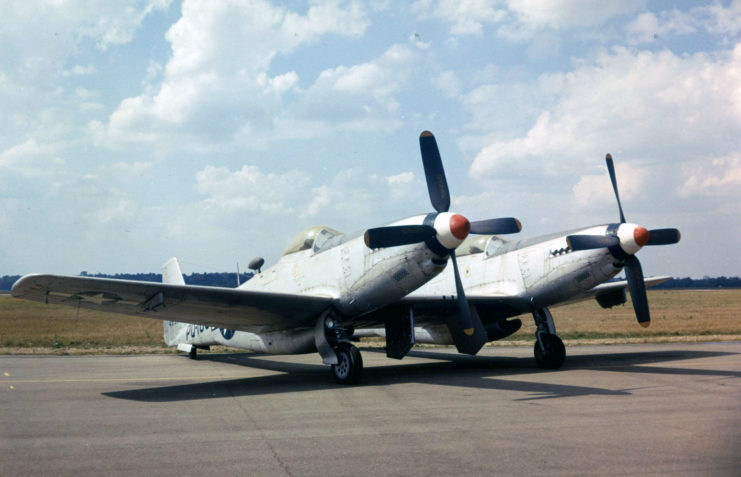
With two fuselages, you may be wondering who actually flew the P-82 Twin Mustang. In the earliest variation of the aircraft, known as the F-82, the two fuselages were manned by two pilots who were both equipped with the necessary equipment to maneuver it. This way, the two could interchange their roles (piloting and sleeping) during long flights.
In the later models, the left fuselage became the pilot’s cockpit, equipped with the normal flight and engine instruments. The right became the radar operator’s cockpit. This was equipped with the necessary instruments, as well as the basic controls for pilot relief and emergency operations.
A record-breaking flight
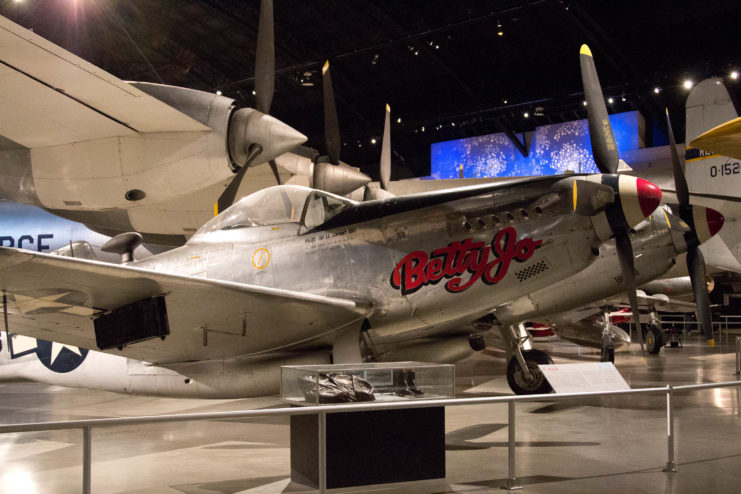
In a test of the long-range capabilities of the P-82 Twin Mustang, a single aircraft flew non-stop from Hickam Field, Hawaii to New York City’s LaGuardia Airport in 1947. The distance was more than 5,000 miles, and the aircraft began its journey on February 27.
Lt. Col. Robert E. Thacker, along with co-pilot Lt. John M. Ard, flew the P-82, named Betty Jo, across the US. The flight took just over 14 hours to complete, at an average speed of around 347 MPH, and holds the record for the longest non-stop flight of a piston-engined/propellor-driven military fighter aircraft.
The North American P-82 Twin Mustang was a killer over Korea
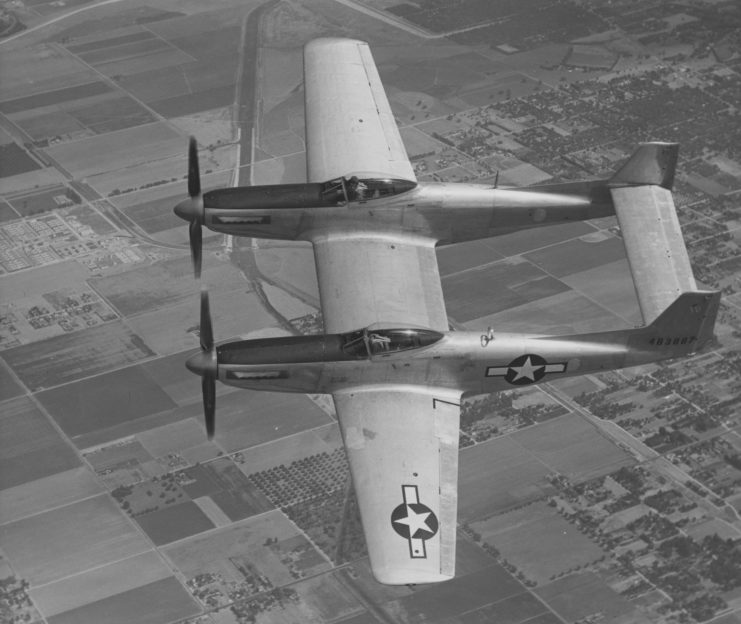
World War II ended before the P-82 Twin Mustang entered production, meaning the project was under threat of being cancelled. However, the lack of sufficient jet aircraft technology and the rising tensions of the Cold War called for this final piston-engine fighter to be ordered into production.
The North American P-82 Twin Mustang is on display
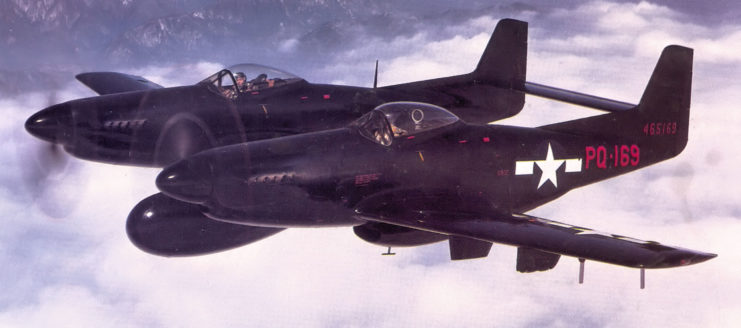
By late 1951, jet fighters began to dominate the Korean War. As a result, the P-82 Twin Mustang as pulled from frontline service. Variants that were equipped for cold weather conditions continued to fly for the Alaskan Air Command for a couple of years, but by November 1953, the aircraft was officially retired.

